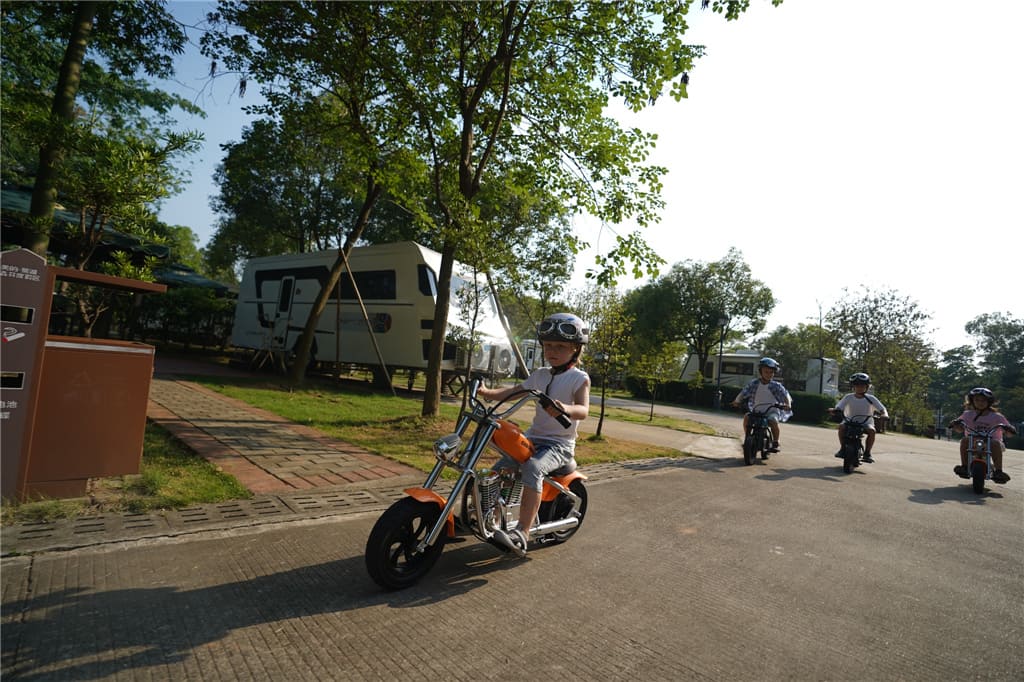“Mom, I want a motorcycle too!” When my 5-year-old first said this, I panicked. Then I discovered training wheels – those magical little stabilizers that turned our backyard into a safe learning zone. Here’s everything I’ve learned through trial and error.
Training Wheels Do More Than Prevent Falls
These aren’t just “anti-crash sticks” – they’re confidence builders:
-
Parent’s back saver: No more hunched-over jogging beside the bike
-
Throttle tutor: Lets kids focus on speed control without balancing
-
Practice extender: My son went from 5-minute sessions to 30-minute rides
Proven fact: CPSC data shows kids using training wheels learn 40% faster.

When to Use Training Wheels
✅ First-time riders (especially under age 6)
✅ Rigid posture: If they turn like a robot at every curve
✅ Limited space: Perfect for driveway practice
✅ Time-crunched parents: 15-min daily sessions work
Warning: Skip these if your child already rides a pedal bike without stabilizers.
Choosing the Right Training Wheels
The Gold Standard Checklist:
-
Adjustable height (3+ positions, like HYPER GOGO’s design)
-
Wider than handlebars: Prevents accidental tip-overs
-
Steel frames: Last through multiple kids
Mistake to avoid: Never use secondhand plastic wheels – they crack without warning.
Installation Hacks Every Parent Needs
Best setup routine:
-
Morning installation (kids are focused)
-
Left wheel first, then right
-
1-2 cm ground clearance (use a credit card as spacer)
-
“Wiggle test” before riding: Push bike sideways to check responsiveness
Creative tip: Add reflective tape to wheels for evening visibility.

When & How to Remove Training Wheels
Ready signs:
🚩 Wheels rarely touch ground during straight rides
🚩 Can navigate figure-8 patterns smoothly
🚩 Leans instinctively around obstacles
Stress-free removal method:
-
Remove one wheel for 3 days
-
Take off the second (have ice cream ready!)
-
Practice on gentle grass slopes
FAQs
Do training wheels delay balance skills?
Not if used <3 months. Alternate with balance bike practice.
Best practice surfaces?
Asphalt > concrete > pavers. Avoid sand – wheels sink dangerously.
Speed limits?
Keep electric bikes under 8 km/h (5 mph).
Voices from Experienced Parents
We surveyed 20 families:
-
“Training wheels let me stop helicopter-parenting” – Mike, Ohio
-
“Remove them on a ‘winning day’ after a success” – Sarah, Texas
-
“Grease wheel bolts monthly – rust locks are scary!” – Grandpa Chen, CA
Final Tip: Training wheels aren’t a safety substitute. Always use helmets/knee pads. These little wheels aren’t training tools – they’re confidence bridges to two-wheel freedom.













